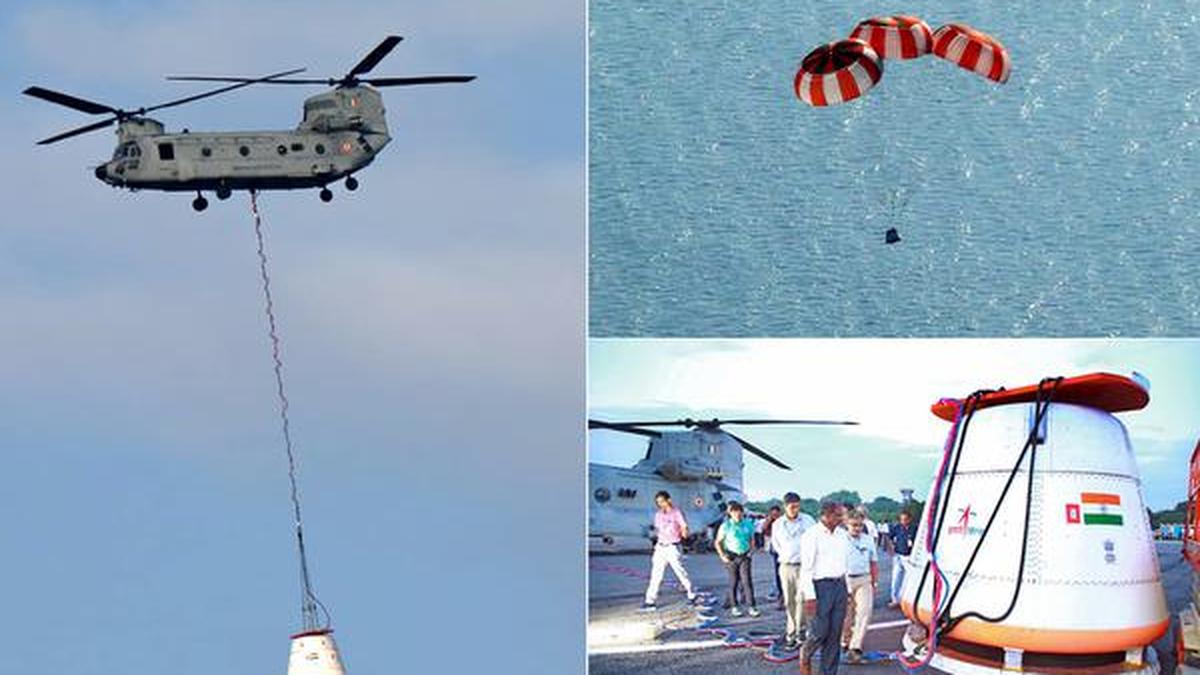
29/07/21 09:00 AM IST


LEO is commonly used for communication and remote sensing satellite systems, as well as the International Space Station (ISS) and Hubble Space Telescope.
MEO is commonly used for navigation systems, including the U.S. Global Positioning System (GPS).
Objects in GSO have an orbital speed that matches the Earth’s rotation, yielding a consistent position over a single longitude. GEO is a kind of GSO. It matches the planet’s rotation, but GEO objects only orbit Earth’s equator, and from the ground perspective, they appear in a fixed position in the sky. GSO and GEO are used for telecommunications and Earth observation.
Within 30 degrees of the Earth’s poles, the polar orbit is used for satellites providing reconnaissance, weather tracking, measuring atmospheric conditions, and long-term Earth observation.
A type of polar orbit, SSO objects are synchronous with the sun, such that they pass over an Earth region at the same local time every day.
An HEO is oblong, with one end nearer the Earth and other more distant. Satellites in HEO are suited for communications, satellite radio, remote sensing and other applications.
Source: PIB
17 Sep
'Dehradun and several other districts in Uttarakhand have experienced very heavy rainfall over the past few days, triggering landslides in multiple areas and causing rivers to swel
Read More
08 Sep
'The Rajasthan Coaching Centres (Control and Regulation) Bill, 2025, is a significant piece of legislation passed by the Rajasthan Assembly to regulate and oversee the state's burg
Read More
28 Aug
'Recently, the Indian Space Research Organisation (ISRO) successfully carried out its first Integrated Air Drop Test (IADT-1), a crucial milestone in the preparation for the countr
Read More